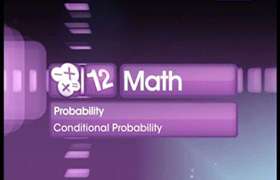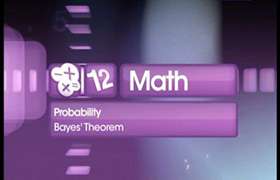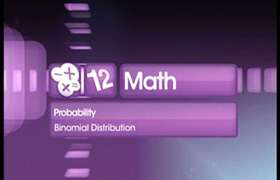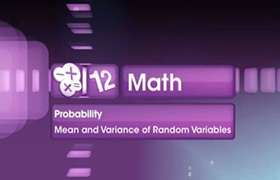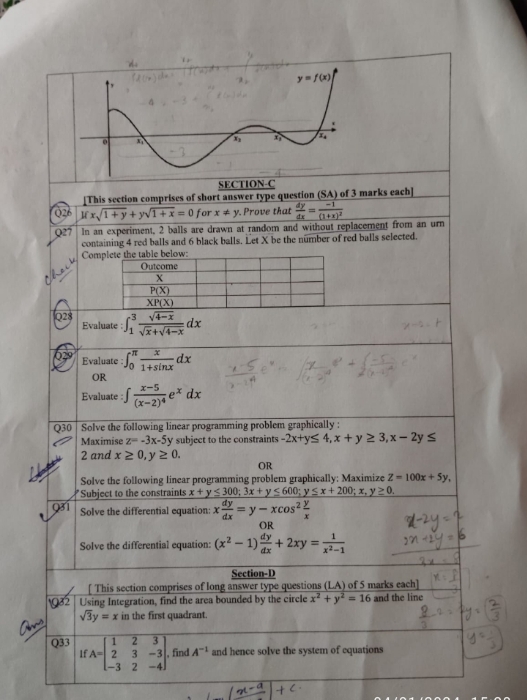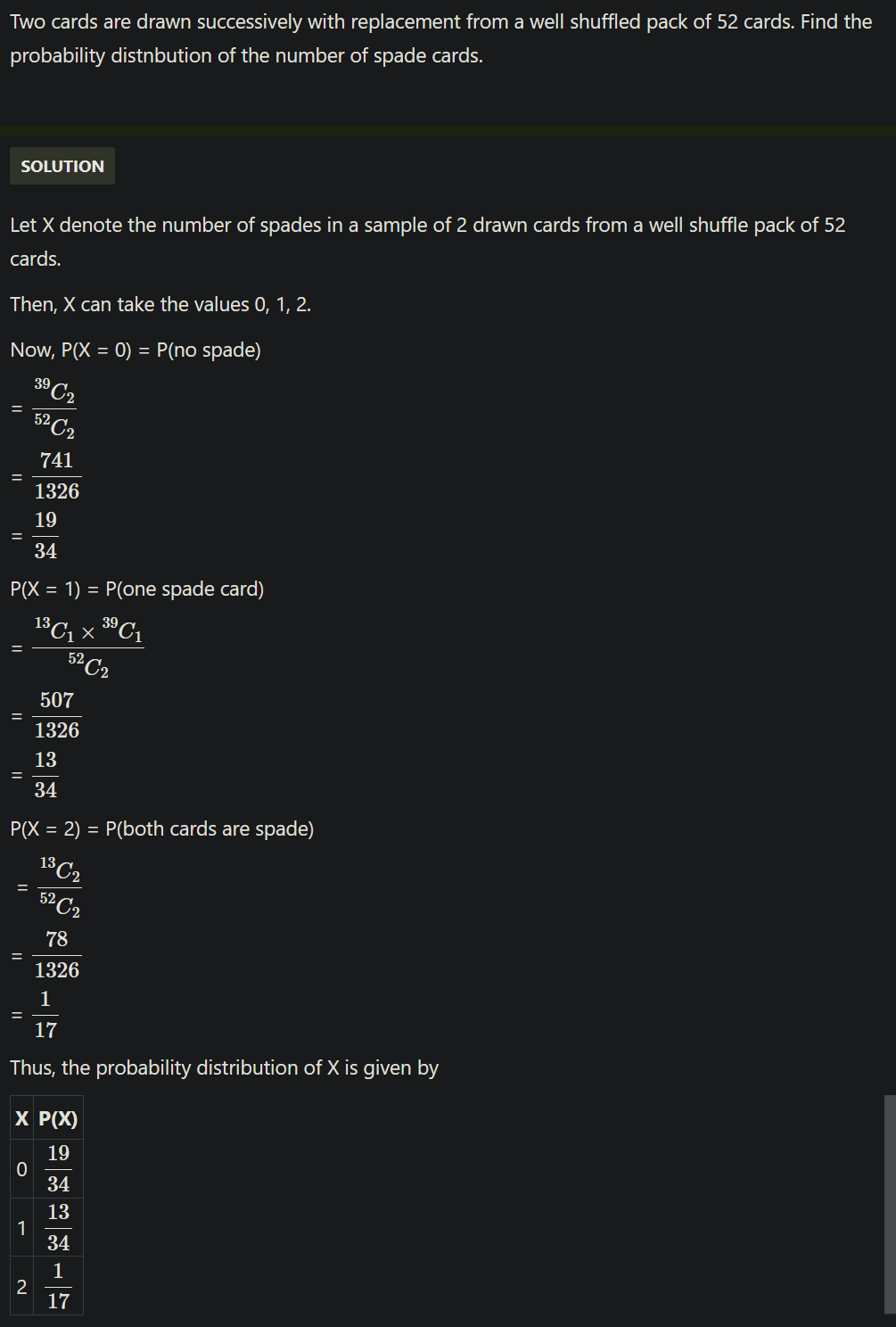CBSE Class 12-science Answered
Asked by Viresh Mohan | 17 Apr, 2014, 06:37: PM
We can choose 3 tickets out of 21 tickets in C(21,3) ways.
The three-term A.P. is determined by its first and last elements, which must have the same parity.
There are 10 even numbers and 11 odd numbers out of 21.
So, if we count the ways to pick the highest and the lowest such that they have the same parity, then, the middle number can be selected in a specific way.
If the lowest is 1, then the middle number can be selected in 10 ways.
If the lowest is 2 or 3, then the middle number can be selected in 9 ways.
If the lowest is 4 or 5, then the middle number can be selected in 8 ways.
.
.
.
.
If the lowest is 10, then the middle number can be selected in 1 ways.
So the total

Total number of arrangements = C(21,3)=1330
So, the probability of the tickets that are drawn in AP

=n(n+1)2 +(n−1)n2 =n2
Answered by | 19 Apr, 2014, 06:52: AM
Concept Videos
CBSE 12-science - Maths
Asked by annapoornaa429 | 31 Mar, 2024, 08:23: PM
CBSE 12-science - Maths
Asked by janusingh736 | 13 Mar, 2024, 04:19: PM
CBSE 12-science - Maths
Asked by khushisjkvm | 04 Jan, 2024, 07:14: PM
CBSE 12-science - Maths
Asked by ashwinskrishna2006 | 26 Dec, 2023, 07:34: PM
CBSE 12-science - Maths
Asked by babitdevi283 | 14 Nov, 2023, 09:42: PM
CBSE 12-science - Maths
Asked by surajsharmaisonline | 20 Jan, 2023, 12:28: PM
CBSE 12-science - Maths
Asked by arjunsah797 | 03 May, 2022, 10:04: AM
CBSE 12-science - Maths
Asked by rairp2017 | 27 May, 2021, 12:21: AM
CBSE 12-science - Maths
Asked by 1999shaileshraj | 22 Feb, 2020, 11:50: AM

